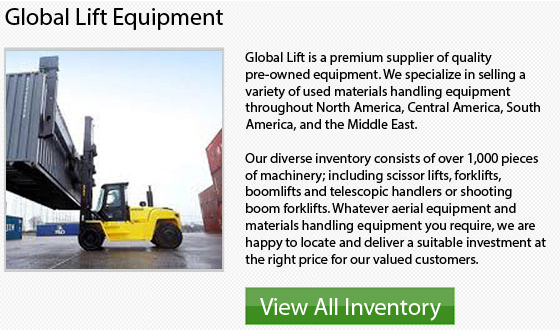
Counterbalance Forklift Training
Anyone who operates a counterbalanced lift truck should have training, according to Occupational Safety and Health Administration regulations. Training includes a combination of hands-on driver training and classroom training. Refresher training is required occasionally to keep operator skills up to date. OSHA does not specify a minimum time requirement for either the hands-on or classroom training.
Counterbalanced Forklifts
The counterbalance lift truck could balance its cargo because of a counterbalance built into the truck. Blades could move down and up parallel to the truck's body. The blades do not rotate. Operators who drive counterbalanced lift trucks should receive training on the specific lift trucks they would be driving and in the same workplace setting.
Classroom Training
In classroom training, the forklift operator will be taught about the model she or he will be driving. Information comprises specifications like height, weight and load capacity. The operator would learn the basics of charging or fueling the lift truck, depending on whether it is a battery-powered or gas-powered engine. Safety procedures regarding the particular lift truck, such as how to safely walk around the lift truck, would be included.
Supervised Driving
Supervised driver training would make sure that the forklift operator knows how to drive the counterbalanced lift truck. This practical training program will occur in the same type of environment in which the operator will be working. The driver would train on the same kind of terrain with the same types of nearby buildings and other structures, as well as similar vehicular and pedestrian traffic.
Refresher Training
Counterbalance forklift drivers are required by OSHA to take a regular refresher training course. Nevertheless, there are no specifications as to the frequency at which a driver requires this training. Then again, for regular operators, refresher training must comprise classroom-style training.